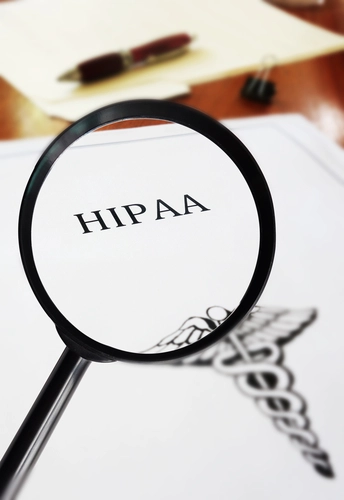Use This Advice to Dodge EP Study Denials

Length of latency can key code selection. If a patient reports to your PM specialist for an evoked potential (EP) study, you’ll need to be prepared with coding knowledge beyond a simple CPT® code assignment. Why? EP study codes are broken over several “base” codes, and you’ll need to be spot-on to get the right code for the right claim each time. Don’t worry, though. We sat down with Amy C. Pritchett, BSHA, CCS, CPMA, CPC-I, CPC, CDEO, CANPC, CASCC, CEDC, CRC, CMRS, CMPM, CDMP, C-AHI, AIHC-Approved ICD-10-CM/PCS Trainer, manager of facility coding services at Altegra Health in Los Angeles, to talk EP study coding. Here’s what she had to say: Q: How and when would you code for a short-latency EP study? A: If the notes indicate a short-latency EP study, Pritchett confirms you’d report one of the following codes: The short-latency EP studies represent the stimulation of any and all peripheral nerves and skin sites in the area indicated within the code descriptor. The codes also include recording from the central nervous system, Pritchett explains. So if the encounter notes indicate that the provider performed a short-latency EP study on a patient’s trunk, you’d report 95927 for the encounter. Q: Who might need a short-latency EP study? A: Patients that suffer from the following conditions might require a short-latency EP study, Pritchett says: Note: This is not a comprehensive, or approved, list of conditions that warrant a short-latency EP; patients with these ailments, however, could be candidates for a 92925-95927 service. Q: How and when would you code for a central motor EP study? A: If the notes indicate a central motor EP study, Pritchett confirms you’d report one of the following codes: During a central motor EP study, “the provider performs a central motor evoked potential study by transcranially stimulating the motor cortex by applying a very mild electric current to the scalp,” explains Pritchett. In this procedure, the ultimate goal is to evaluate the motor pathways that supply the upper or lower limb muscles — or both, depending on encounter specifics. So if notes indicate that the provider performed a central motor EP study in a patient’s lower limbs, you’d report 95929 for the encounter. Q: Who might need a central motor EP study? A: According to Pritchett, one of the following conditions might trigger a central motor EP study: Note: As stated earlier, this is not an exhaustive or approved list for these types of studies. Patients with these types of conditions, however, are candidates for a central motor EP study. Q: What about the visual EP and reflex tests? A: When notes indicate that the PM specialist performed a visual EP or reflex test, you’ll choose from one of the following codes: Procedure breakdowns: Below, Pritchett explains the provider actions associated with each of the above codes: During 95930 studies, “the provider performs a visual evoked potential testing that will measure the electric activity of the brain when responding to visual stimulus,” says Pritchett. For screening of visual acuity using automated visual evoked potential devices, use 0333T (Visual evoked potential, screening of visual acuity, automated, with report), she adds. During 95933 studies, “the provider performs an electrodiagnostic test of the orbicularis oculi reflex, or ‘blink reflex.’ This is the involuntary blinking of the eyelids due to contraction of the orbicularis oculi muscles tapping the margin of the orbit or the bridge of the nose,” explains Pritchett. During 95937 studies, “the provider performs neuromuscular junction testing by repetitively stimulating nerves supplying the muscle to diagnose a patient with a known or suspected disorder of the neuromuscular junction,” says Pritchett.




